March 19, 2016
The Insight newsletter for March 18 is available to view online 0
 In this week’s Insight Newsletter; Mark Eltringham on the seven ways flexible working is chaining us more firmly to work and why there are more ways than one of providing recyclable office furniture. Google scales back its plans for its Californian campus; US businesses waste up to $1.8 trillion annually on mundane tasks; new guidance is published on delivering sustainable fit outs; and many organisations only hold on to paper-based document for their signature. Confirmation that companies that don’t offer their employees a convenient location and appealing workplace are more likely to lose them; Hong Kong and London are the world’s most expensive office locations and the unhealthy effects of commuting by car. Download our latest Insight Briefing, produced in partnership with Connection, on how the boundless office can be freed from the shackles of time and place and access the latest issue of Work&Place. Visit our new events page, follow us on Twitter and join our LinkedIn Group to discuss these and other stories.
In this week’s Insight Newsletter; Mark Eltringham on the seven ways flexible working is chaining us more firmly to work and why there are more ways than one of providing recyclable office furniture. Google scales back its plans for its Californian campus; US businesses waste up to $1.8 trillion annually on mundane tasks; new guidance is published on delivering sustainable fit outs; and many organisations only hold on to paper-based document for their signature. Confirmation that companies that don’t offer their employees a convenient location and appealing workplace are more likely to lose them; Hong Kong and London are the world’s most expensive office locations and the unhealthy effects of commuting by car. Download our latest Insight Briefing, produced in partnership with Connection, on how the boundless office can be freed from the shackles of time and place and access the latest issue of Work&Place. Visit our new events page, follow us on Twitter and join our LinkedIn Group to discuss these and other stories.







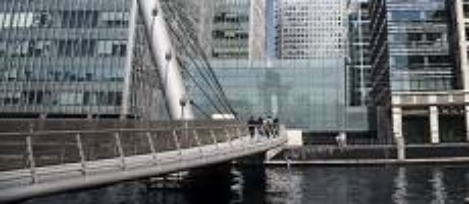
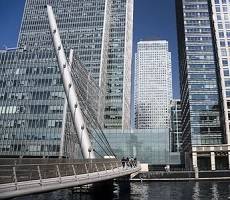


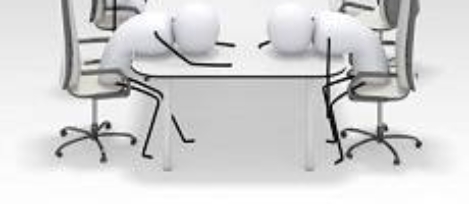


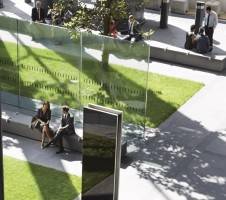



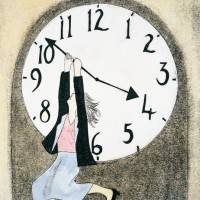


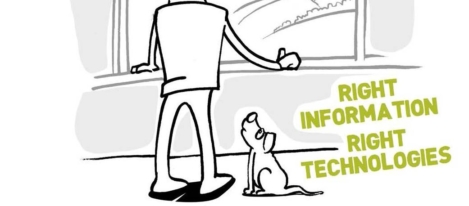
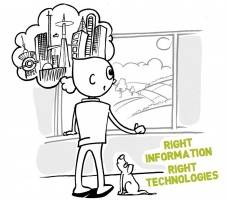












March 16, 2016
Over half of workers are not getting enough sleep to do their job effectively 0
by Sara Bean • Comment, Wellbeing, Workplace
More →